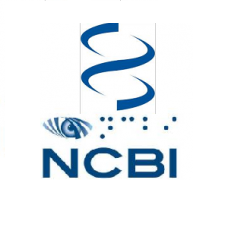Conclusions
The most important first step in the management of ET is to confirm the accuracy of the diagnosis and make sure that other myeloid neoplasms, which might mimic ET in their presentation (e.g., prefibrotic PMF, masked polycythemia vera, chronic myeloid leukemia, refractory anemia with ring sideroblasts, and thrombocytosis), are excluded. Most patients with WHO-defined ET can expect a normal life expectancy with very low risk of leukemic transformation or fibrotic progression and a diagnosis of ET should not deter one from continuing with normal life activities, including sports, air travel, and pregnancy. Patients with ET should be informed about their driver mutational status and its prognostic and therapeutic implications. In this regard, aspirin therapy is very important for JAK2-mutated patients, because of their increased risk for arterial thrombosis. MPL mutations are infrequent in ET (~3%) and their presence raises the possibility of occult prefibrotic PMF or an increased risk of fibrotic progression. Observation alone remains a viable treatment option for “very low-risk” patients with ET while all other patients might benefit from aspirin therapy, in a once- or twice-daily schedule. In addition, cytoreductive treatment is strongly encouraged in patients with thrombosis history, and our first- and second-line drugs of choice in this regard are hydroxyurea and pegylated IFN-α, respectively. On the other hand, we no longer insist on the use of cytoreductive therapy in older patients without previous vascular events, provided they are JAK2/MPL unmutated.








